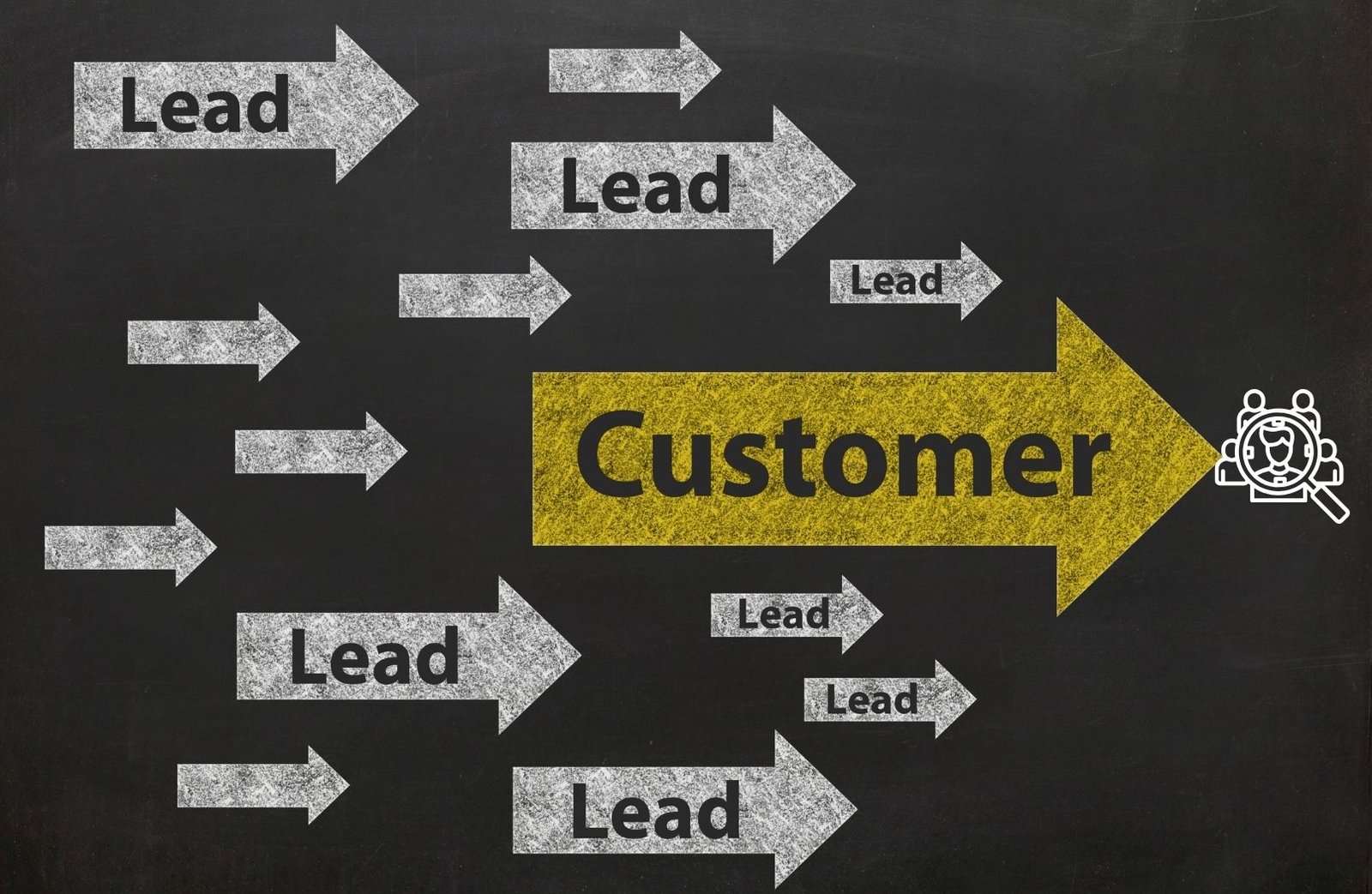Guide to Google Ads Remarketing Campaigns
1. Why Use Remarketing?
- Reconnect with past visitors who showed interest but didn’t convert
- Boost brand recall by serving ads to users already familiar with your site
- Improve ROI by focusing budget on audiences more likely to convert
2. Setting Up Your Remarketing Audiences
- Install Google Ads Tag (or Google Analytics)
- Place the global site tag on every page of your site
- For Analytics-based remarketing, enable “Advertising Features” and link Analytics to Google Ads
- Define Your Audiences
- All Visitors: everyone who’s been to your site
- Page-Specific: visitors of key pages (e.g., product or checkout pages)
- Engaged Users: people who spent a set time on site or viewed multiple pages
- Custom Combinations: e.g., users who visited a product page but didn’t add to cart
3. Building Your Remarketing Lists
- Go to Tools & Settings » Audience Manager in Google Ads
- Click “+” » Website visitors, then choose your list rules
- Set membership duration (e.g., 30–90 days based on purchase cycle)
- Name lists clearly (e.g.,
Viewed_Product_X – 30d)
4. Creating the Remarketing Campaign
- Campaign Objective:
- Choose “Sales” or “Leads” (depending on your goal)
- Campaign Type:
- Display Remarketing: ads across Google Display Network
- Search Remarketing (RLSA): tailor Search ads for past visitors
- Video Remarketing: serve ads on YouTube
- Set Budget & Bidding:
- Start with a conservative daily budget (e.g., 10–20% of your overall spend)
- Bid strategies:
- Target CPA if you have conversion data
- Maximize Conversions for automated volume growth
- Manual CPC for more control on new lists
5. Crafting Your Remarketing Ads
- Personalized Messaging:
- Remind visitors of the specific products or pages they viewed
- Highlight promotions or offers (e.g., “Get 10% off your next purchase”)
- Compelling Visuals:
- Use high-quality images of your products or services
- Maintain consistent branding (colors, logo, font)
- Strong Call to Action:
- “Shop Now,” “Complete Your Purchase,” or “Learn More”
- Ad Sizes for Display:
- Include responsive display ads so Google can auto-fit across placements
6. Advanced Audience Strategies
- Sequential Remarketing: show different messages in a specific order (e.g., intro → benefit → testimonial)
- Exclusion Lists: remove converted visitors to avoid wasted spend
- Similar Audiences: find new users who behave like your remarketing lists
7. Monitoring & Optimization
- Key Metrics to Track:
- Conversion Rate of your remarketing lists vs. general campaigns
- Cost per Conversion to ensure profitability
- Frequency to avoid ad fatigue (keep under 5–7 impressions per week)
- A/B Test Creatives: swap images, headlines, and CTAs to improve click-through and conversion rates
- Adjust Bids by List: increase bids for high-value audiences (e.g., cart abandoners) and decrease for low-value lists
8. Troubleshooting Common Challenges
- Low Audience Size: increase duration or broaden list rules
- High Frequency but Low Conversions: refresh creatives or adjust bidding
- Poor Reach on RLSA: ensure you meet the minimum 1,000 list members requirement
Following these steps will help you reconnect with past visitors, drive more conversions, and make your ad spend more efficient through targeted remarketing campaigns.

